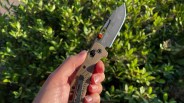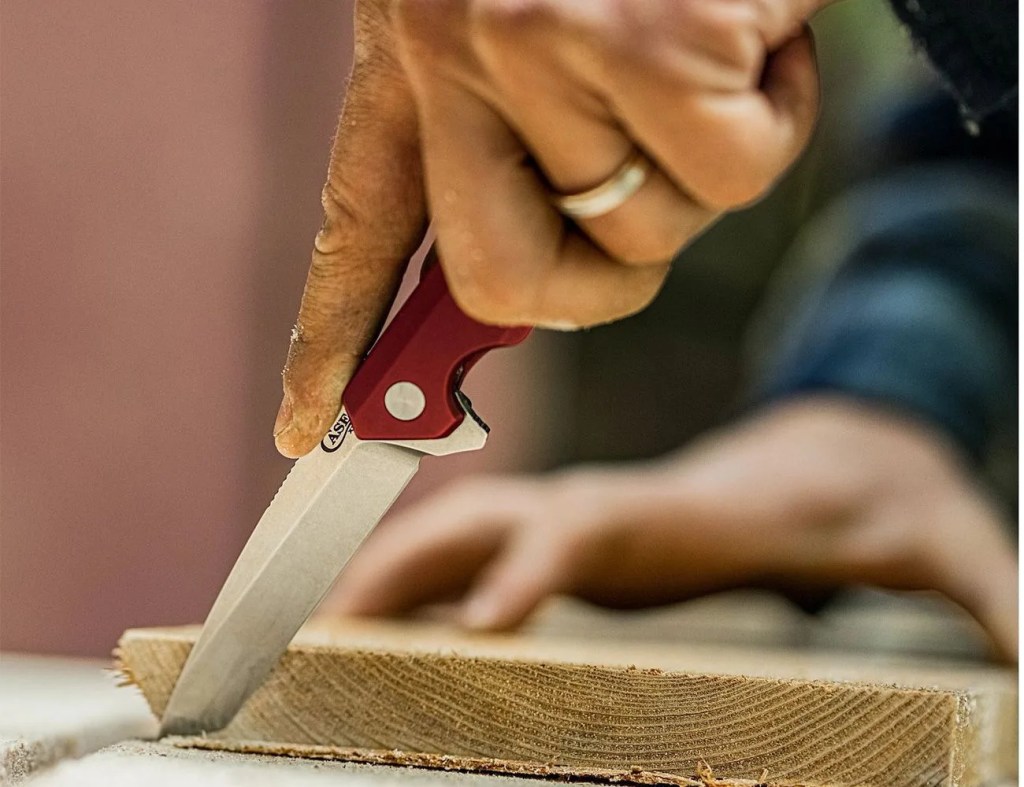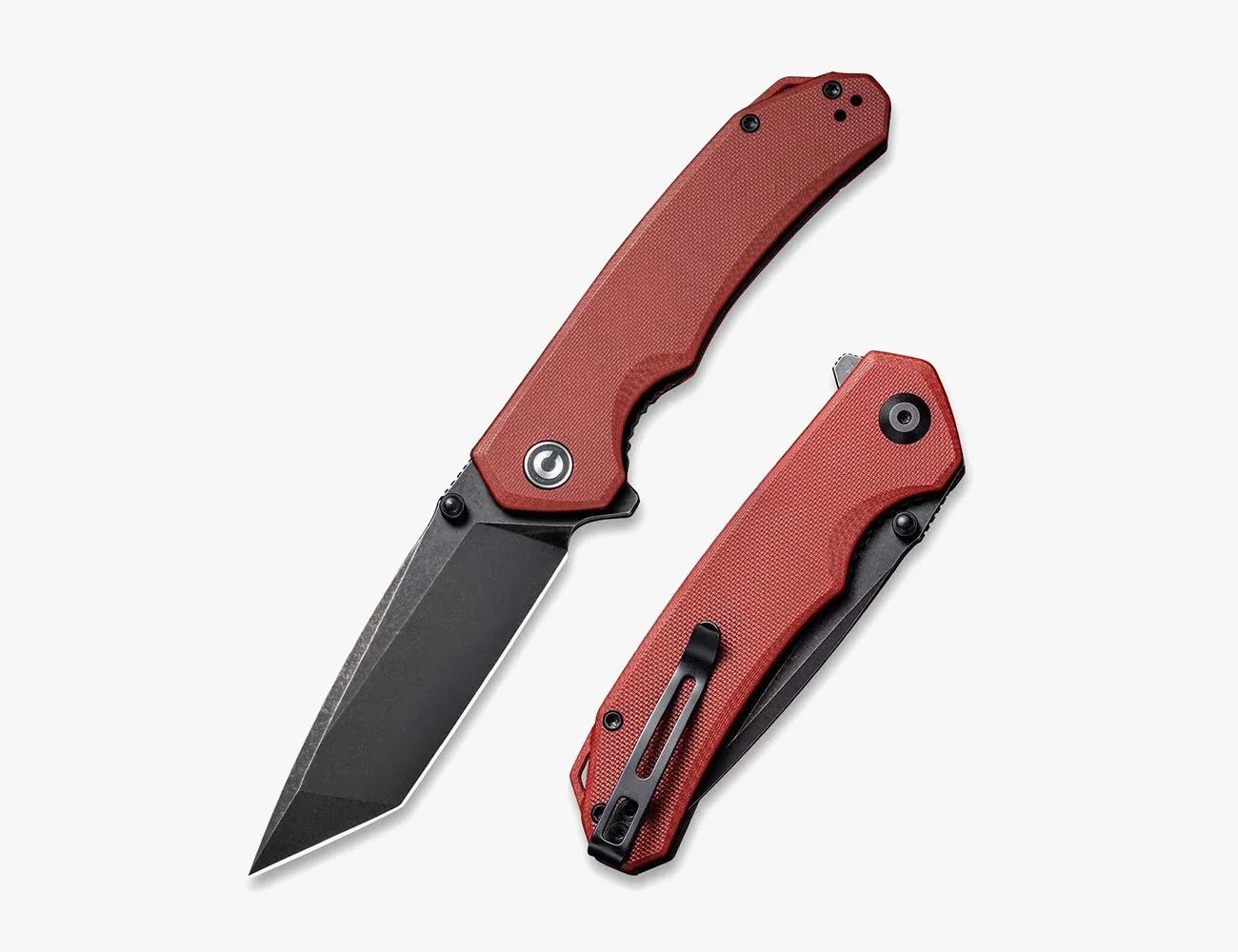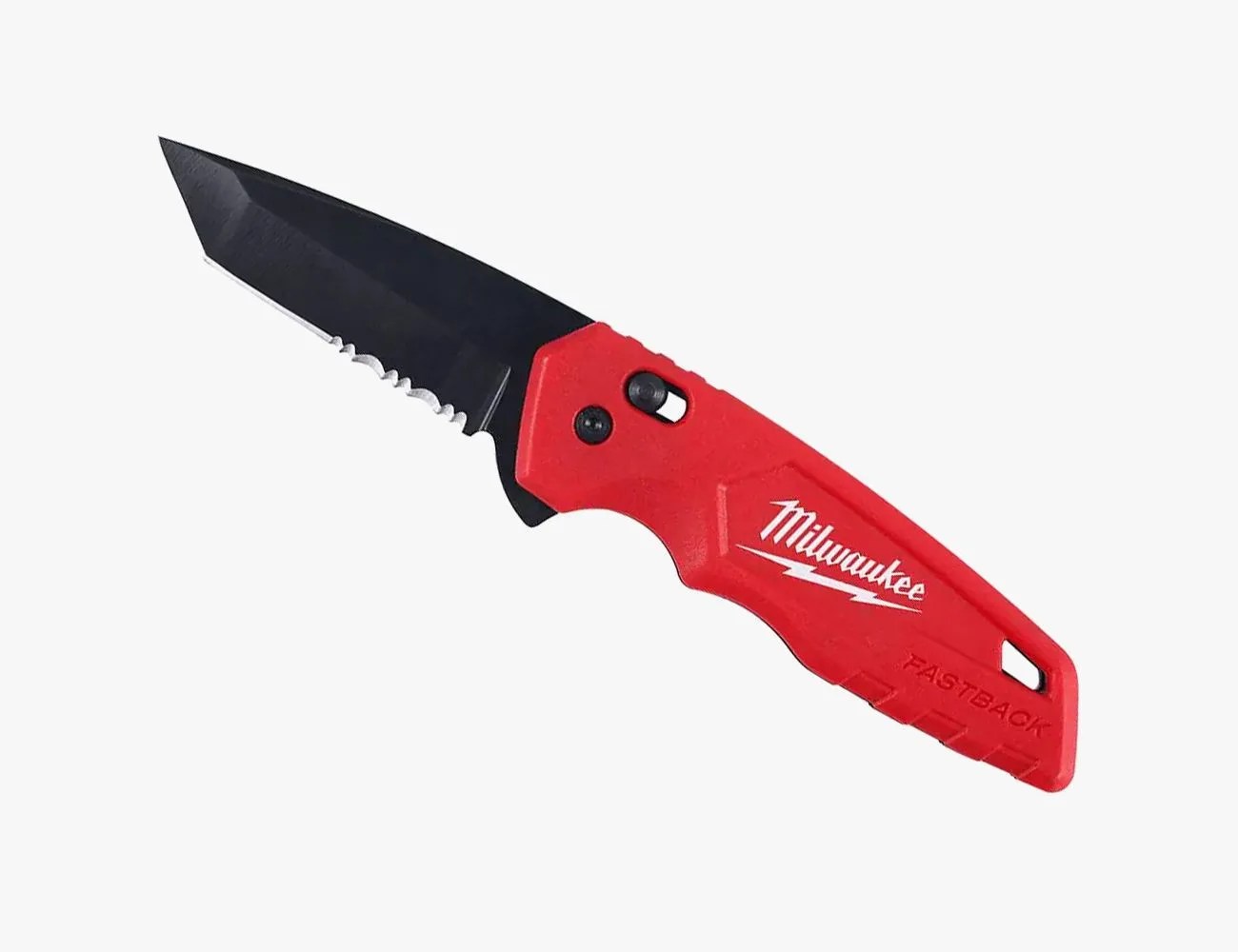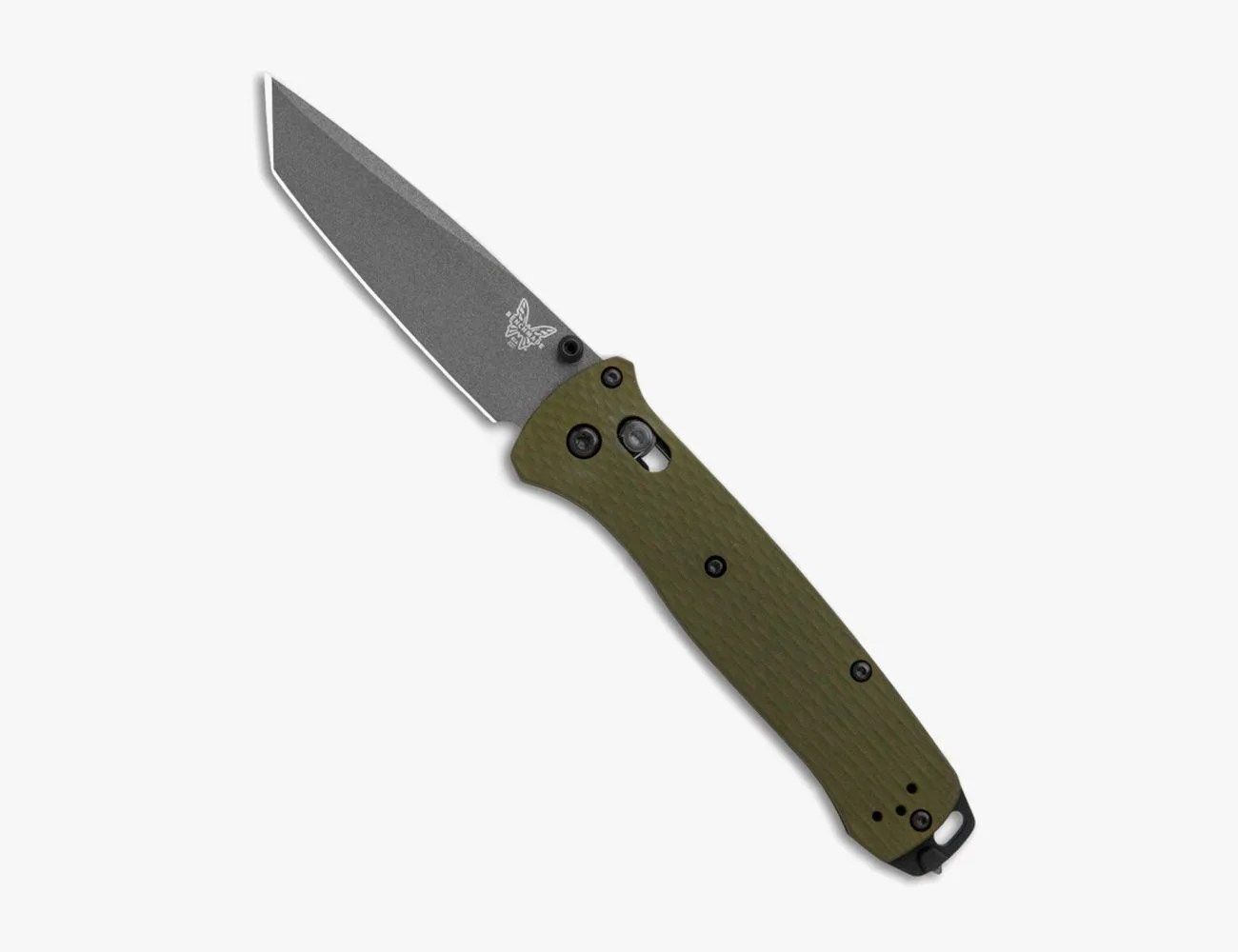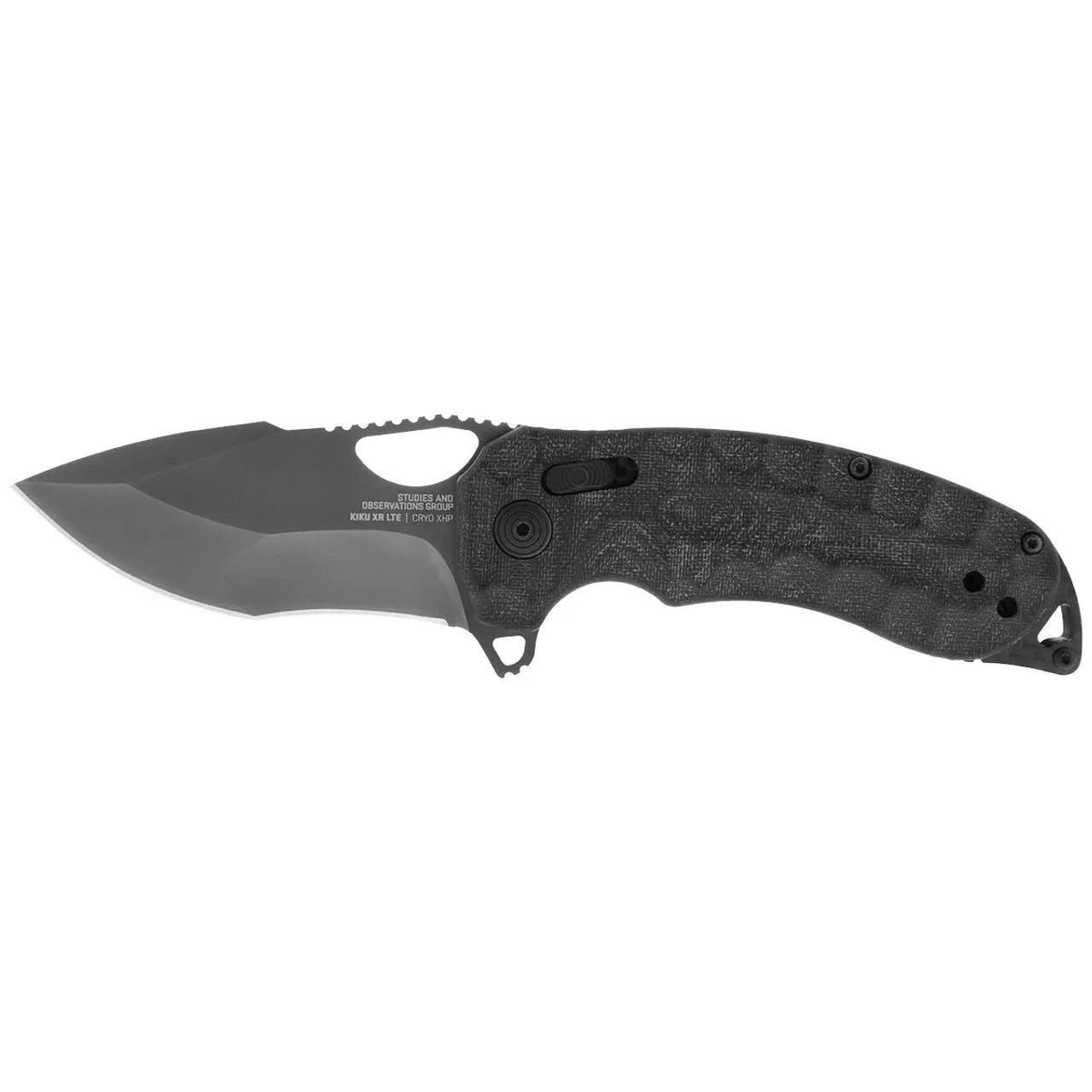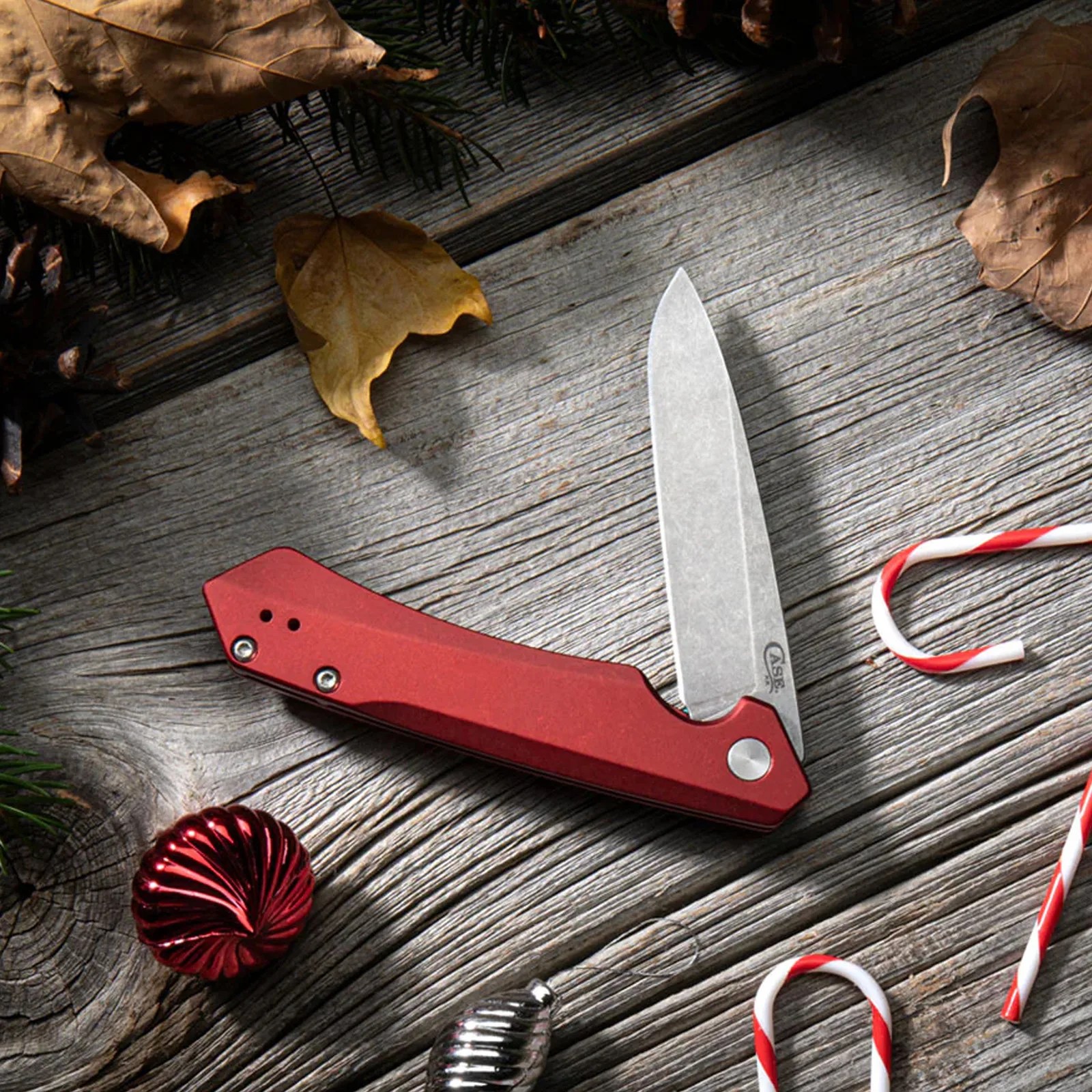One look at a gear shop’s knife case will confirm a simple fact as cold and hard as steel: pocket knife blades come in all shapes and sizes. And yet, it’s easy to overlook the fact that even subtly different blade shapes have unique histories behind them and specific uses in front of them. One shape that’s occupying an increasing amount of space in those display cases (and online store pages) is the tanto.
What Is a Tanto Knife?
Tanto knives are easier to spot than nearly any other blade type. They’re characterized by an angular, almost noncontinuous edge made up of two cutting planes instead of the flat or curving belly of most pocket knives. A tanto knife’s edge draws a line out from the handle before making a hard change of direction and running up to the tip. The result? A striking appearance, for one, but also a broad and durable point.
A Brief History of the Tanto Knife
That distinctive shape has contributed to the popularity of tanto knives as statement pieces for everyday carry, but their history goes back much further — all the way to 12th century feudal Japan, to be specific. Then and there, samurai carried two swords for combat, one long and one short. The latter was known as the tantō (which translates to “short sword” or “dagger”).
The tantō that samurai wielded were different from tanto knives you’ll see today though; they maintained a continuous edge that curved near the tip like some straight back pocket knives do. The Texas-based knife manufacturer Cold Steel gets credit for introducing the sharp angle into the blade belly, sometimes referred to as an American tanto, in the early 1980s. It’s this shape, not the sleeker Samurai version, that you’re most likely to encounter in a modern pocket knife.


